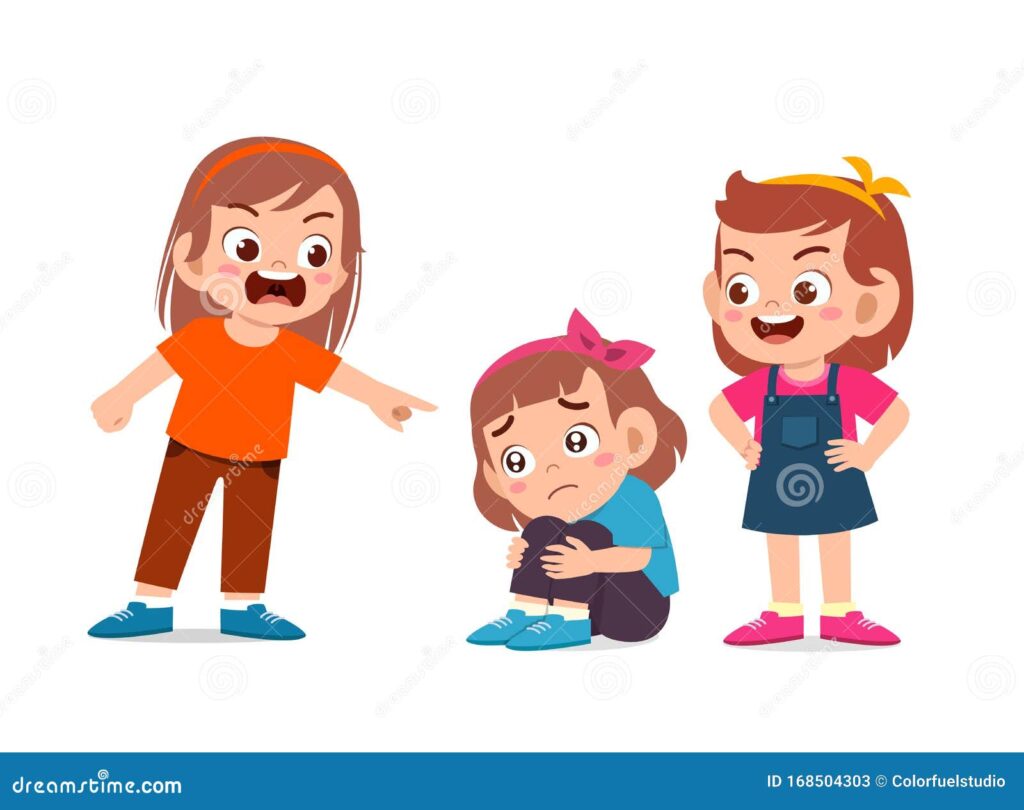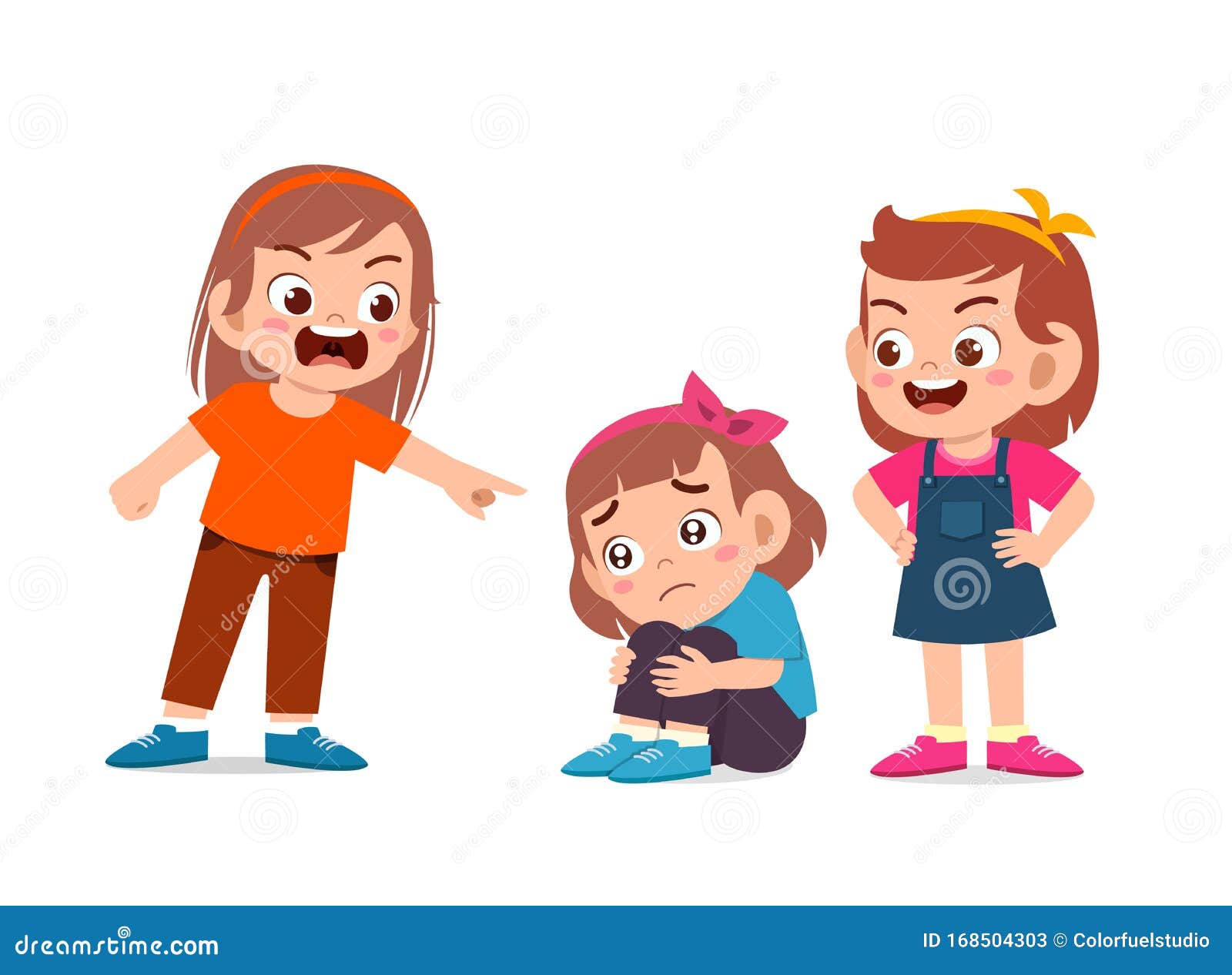
Navigating the Complexities: When a Friend Becomes a Bully
Friendships are built on trust, respect, and mutual support. However, the dynamics of relationships can sometimes shift, leading to unexpected and painful situations. One such scenario is when a friend transforms into a bully to friend, creating a toxic environment and eroding the very foundation of the bond. This article delves into the multifaceted aspects of this issue, exploring the reasons behind such behavior, the impact it has on the victim, and strategies for addressing and resolving the situation. Understanding the nuances of a bully to friend dynamic is crucial for maintaining healthy relationships and fostering a supportive social environment.
Understanding the Roots of Bullying Behavior
Before addressing the specific context of a bully to friend, it’s essential to understand the underlying reasons why someone might engage in bullying behavior. Bullying is rarely a random act; it often stems from deeper issues within the individual. These can include:
- Insecurity and Low Self-Esteem: Bullies often target others to feel powerful and superior, masking their own insecurities. By belittling others, they temporarily elevate their own sense of self-worth.
- Learned Behavior: Individuals who have witnessed or experienced bullying themselves may perpetuate the cycle. This can stem from family dynamics, peer groups, or even media influences.
- Lack of Empathy: Some individuals struggle to understand or care about the feelings of others. This lack of empathy can lead them to engage in harmful behavior without fully comprehending the impact.
- Desire for Control: Bullying can be a way to exert control over others and manipulate social situations. This can be particularly prevalent in group settings where the bully seeks to establish dominance.
- Environmental Factors: Stressful or challenging life circumstances can sometimes trigger bullying behavior. Individuals may lash out at others as a way to cope with their own difficulties.
Recognizing the Signs: How Does a Friend Become a Bully?
Identifying bullying behavior within a friendship can be challenging, as it often manifests subtly and gradually. The lines between playful teasing and harmful behavior can become blurred, making it difficult to recognize the shift. Here are some common signs that a friend might be exhibiting bullying behavior:
- Constant Criticism and Put-Downs: A friend who frequently criticizes your appearance, abilities, or opinions, especially in front of others, may be engaging in bullying behavior.
- Humiliating Jokes and Teasing: While occasional teasing is normal in friendships, a friend who consistently makes jokes at your expense, particularly if they are hurtful or embarrassing, may be crossing the line.
- Social Exclusion and Isolation: A friend who intentionally excludes you from social activities or encourages others to do so is engaging in a form of bullying.
- Manipulation and Control: A friend who tries to control your decisions, relationships, or behavior through guilt-tripping, threats, or other manipulative tactics is exhibiting bullying tendencies.
- Spreading Rumors and Gossip: A friend who spreads false or malicious rumors about you behind your back is engaging in a particularly harmful form of bullying.
- Physical Aggression: While less common, physical aggression, such as hitting, shoving, or stealing belongings, is a clear sign of bullying.
The Devastating Impact of Bullying from a Friend
Being targeted by a bully to friend can be particularly devastating. The betrayal of trust and the erosion of a close bond can have a profound impact on the victim’s emotional and psychological well-being. Some common consequences include:
- Loss of Self-Esteem and Confidence: Constant criticism and put-downs can chip away at the victim’s self-worth, leading to feelings of inadequacy and self-doubt.
- Anxiety and Depression: The stress and emotional pain associated with bullying can trigger anxiety and depression, making it difficult to function in daily life.
- Social Isolation and Loneliness: Being excluded from social activities or having rumors spread about you can lead to feelings of isolation and loneliness.
- Difficulty Trusting Others: The betrayal of a friend can make it difficult to trust others in the future, leading to relationship difficulties.
- Academic or Professional Difficulties: The emotional distress caused by bullying can interfere with concentration and focus, leading to academic or professional problems.
- Physical Health Problems: Chronic stress can weaken the immune system and increase the risk of physical health problems.
Addressing the Issue: Strategies for Confronting a Bully Friend
Confronting a bully to friend is a challenging but necessary step towards resolving the situation. It requires courage, assertiveness, and a clear understanding of your own boundaries. Here are some strategies that can be helpful:
- Acknowledge Your Feelings: The first step is to acknowledge the impact that the bullying behavior is having on you. Recognize that you have the right to feel hurt, angry, or upset.
- Choose the Right Time and Place: Select a private and neutral setting where you can have an open and honest conversation with your friend. Avoid confronting them in front of others, as this can escalate the situation.
- Use “I” Statements: Express your feelings and experiences using “I” statements, such as “I feel hurt when you make jokes at my expense” or “I feel excluded when you don’t invite me to social events.” This helps to avoid blaming or accusing your friend.
- Set Clear Boundaries: Clearly communicate your boundaries and what behavior you will not tolerate. For example, you might say, “I will not accept being constantly criticized” or “I will not tolerate rumors being spread about me.”
- Be Assertive and Confident: Stand your ground and communicate your message with confidence and conviction. Avoid backing down or apologizing for expressing your feelings.
- Document the Bullying: Keep a record of the bullying behavior, including dates, times, and specific incidents. This can be helpful if you need to seek help from others or take further action.
- Consider Mediation: If you are unable to resolve the issue on your own, consider seeking the help of a neutral third party, such as a counselor or mediator.
- Be Prepared to End the Friendship: In some cases, the bullying behavior may be so severe or persistent that it is necessary to end the friendship. This can be a difficult decision, but it is important to prioritize your own well-being.
Seeking Support: When to Reach Out for Help
Dealing with a bully to friend can be emotionally draining and overwhelming. It is important to remember that you are not alone and that there are resources available to help. Consider reaching out to:
- Trusted Family Members or Friends: Talk to someone you trust about what you are going through. They can provide emotional support and offer valuable advice.
- Counselors or Therapists: A mental health professional can help you process your emotions, develop coping strategies, and build self-esteem.
- Support Groups: Connecting with others who have experienced bullying can provide a sense of community and validation.
- Anti-Bullying Organizations: Many organizations offer resources and support for victims of bullying. [See also: StopBullying.gov]
Preventing Bullying: Fostering Healthy Relationships
Preventing bullying requires a proactive approach that focuses on fostering healthy relationships and promoting empathy and respect. This can involve:
- Open Communication: Encourage open and honest communication in all relationships. Create a safe space where individuals feel comfortable expressing their feelings and concerns.
- Empathy and Understanding: Promote empathy and understanding by encouraging individuals to consider the perspectives of others.
- Conflict Resolution Skills: Teach conflict resolution skills to help individuals resolve disagreements in a constructive and respectful manner.
- Bystander Intervention: Encourage bystanders to intervene when they witness bullying behavior. This can involve speaking up, offering support to the victim, or reporting the incident to authorities.
- Promoting Positive Role Models: Highlight individuals who demonstrate kindness, compassion, and respect.
Conclusion: Reclaiming Your Power and Well-being
The experience of being targeted by a bully to friend is undoubtedly painful and challenging. However, it is important to remember that you have the power to reclaim your well-being and build healthy relationships. By understanding the dynamics of bullying, recognizing the signs, and taking proactive steps to address the issue, you can create a more supportive and respectful social environment for yourself and others. Remember to prioritize your own emotional and psychological health, seek support when needed, and never underestimate your own strength and resilience. It’s possible to navigate this difficult situation and emerge stronger, with a clearer understanding of your own worth and the importance of healthy boundaries in all your relationships. [See also: Building Resilience After Bullying]

